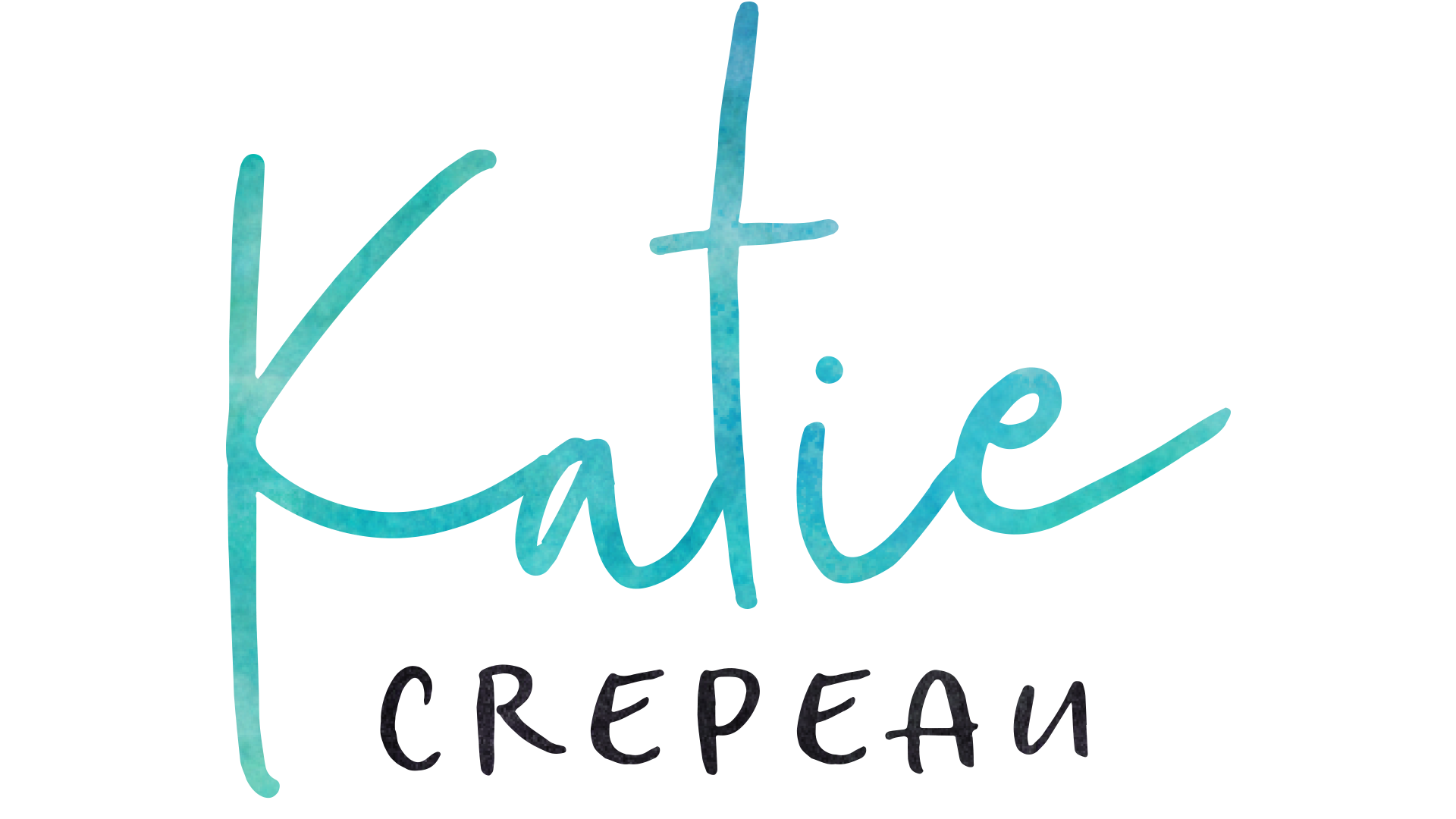“My time is valuable.”
We can all agree that our time is important to us.
Our time is worth money.
Our time is imprinted consciously or subconsciously with the principles we stand for in life.
Each of us wants to make the most of the time we have.
But do you know how you actually use your time?
If you want to spend your time on your value and what you value most, you need to know where you stand now.
This is just like losing weight: if you want to change your eating or exercising habits, the first place to start is tracking your current habits.
Because you need to know what you habitually do BEFORE you can make improvements.
Same holds true with your time: you need to track your current habits with your time BEFORE you can begin adjusting it to prioritize your value.
Luckily, there are tools to easily track your time.
My go-to time tracker for business is Harvest. I’ve been using it for three years to track my time on business activities, along with invoicing and reporting.
If you’re looking for others, here is an extensive list of options to get you started.
Before you start tracking, breakdown the elements to your time.
Let’s continue using the weight loss analogy. If you’ve ever tracked your eating habits with a food diary, you can quickly understand the layers of what you track:
- Calories
- Nutritional value
- Food items
- Food groups
Applying this to time, calories are like hours and minutes. These are the basic values you use.
Calories are then categorized into nutritional value, like carbohydrates, sugars, etc. Your hours and minutes can be grouped into tasks. It’s the common actions you take with your hours and minutes.
After nutritional value, there is the actual food item, like an apple, milk, pizza. It’s what those nutritional values create. For your time, you group your tasks and actions within different projects.
Finally, with your food items, you begin to put them under categories. The food pyramid illustrates this with grains, vegetables, fruits, dairy, and meat and beans.
Using your projects, you can group them under categories. These categories should be the things that you value. It’s the things that matter to you.
Got it? Let’s break this into three steps.
1. Choose your categories of value.
Think about the things that you WANT to spend your time on. The life wheel is a good start to determining your value categories:

Choose which ones are important to you right now. It can change. It probably will change. But just get started by choosing which ones matter to you right now.
2. Add your projects and actions under each category.
Using the food diary analogy, this is where you will be putting your food items and nutritional values within each category.
So under each of your categories, what projects, actions, and tasks are you doing to fulfill it?
For instance, under Work, you can put the projects you are working on. Then you can add the actions you take for each project, like email, admin, meetings, research, design, delivery, evaluation, and project management.
Under Physical Health, you might have repetitive actions like exercise sessions or walking. Or perhaps you’re enrolled in a program. Put that as a project, then the actions you take for the program.
Think about the projects and actions you take within each category and list it to start. Then think about all the other actions that go into it. So for work, it’s not just working on projects, but it’s also time to get to work and back home again. For exercising, it’s not only the time to exercise but also to get changed, to travel to and from, and to warm up and wind down. This is all under that category.
Do your best with this first pass. You can change it later.
3. Input your categories, projects and actions in your time tracker.
Now the fun starts. This is about getting real with how you are spending your time.
Input your categories, projects, and actions within your time tracker the morning of the first day. Return back to it in the afternoon and see if you need to make adjustments or additions.
Then on the second day, start tracking. And don’t stop.
Remember this: If you want to understand your value, you need to track your time.
Next week I’ll share more on analyzing your time and how to unpack your value in it.
For now, I’d love to hear from you. Do you track your time?
If yes, how do you do it? Do you know if you are focused on your value and your values?
If you don’t track your time, why not?
Share in the comments below!
Image sources: Lukas Blazek on Unsplash, Start with Happiness
